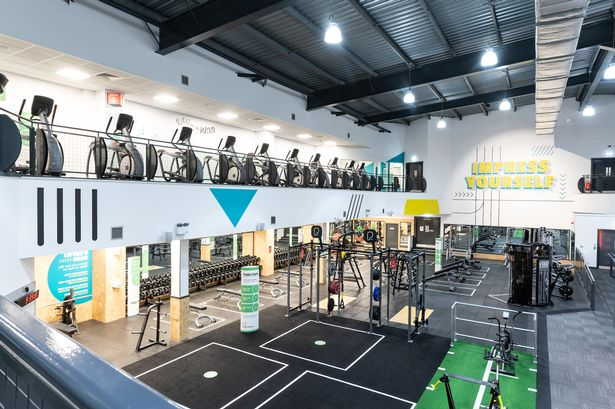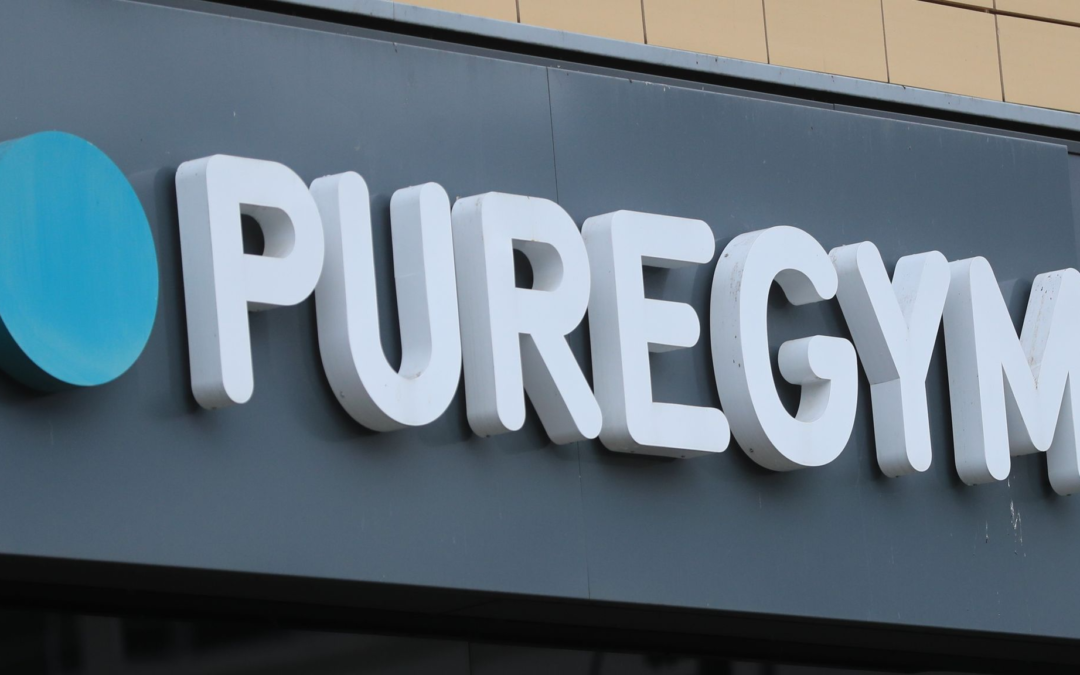Pure Gym has been making waves in the fitness industry, but just how environmentally friendly is the company? A quick Google search for “Pure Gym sustainability” will pull up the report, which appears to be the most comprehensive result. Upon closer examination, it becomes clear that the company’s commitment to sustainability is not as clear-cut as the report suggests. The report states that sustainability is an important focus for the group and that progress is being made in developing an overarching sustainability strategy, however, there is little to no evidence of this on the report itself.
So what have they done so far?
The group’s sustainability efforts are overseen by the Risk and Sustainability Committee, which is headed by the CEO. According to the report, the committee is “challenged and supported” by the Board of Directors. However, it is unclear what specific actions the committee has taken to promote sustainability. The only notable mention on the report is that the company has switched to 100% renewable power. However, this is becoming a standard practice and is relatively easy to achieve, as it only requires ticking a box on the power supply contract. It’s also worth noting that the cost of renewable power is only slightly more expensive than traditional power and is a small percentage of the overall electricity bill. It’s worth digging deeper to assess the company’s actual sustainability efforts and progress.

How can they improve?
It would be beneficial for the company to provide more information and transparency about their sustainability efforts. This can include specific goals and targets they are working towards, as well as progress updates and metrics to measure their success. Additionally, the company can highlight any initiatives they have implemented to reduce their environmental impact, such as recycling programs or energy-efficient equipment. By providing more detailed information on their sustainability efforts, the company can demonstrate their commitment to environmental responsibility and build trust with consumers and stakeholders. Furthermore, it would also be interesting to understand their impact on the community and society, for example if they support local initiatives, support fair trade, or have a program for employee engagement in sustainability. Overall, it’s important for companies to be transparent and detailed about their sustainability efforts, so that stakeholders can evaluate the company’s progress and impact, and hold them accountable.

What do the numbers say?
Scope one emissions, which typically include emissions from gas and fuel, are reported to be 2,000 tons in this case. While this is lower than expected, it is worth noting that many gyms do not have amenities such as pools and jacuzzis, also known as “wet areas.” These types of facilities require significant energy to heat the water and maintain proper humidity levels.
Additionally, it would be informative to see details on the equipment and buildings used by the gym, as well as information on the supply chain, including where materials and equipment are sourced from. The only information provided in regards to the supply chain is direct emissions from transportation, which totals 482 tons. Overall, there is a need for more detailed information in order to fully understand the emissions being reported.
The Verdict
In terms of detail, the report scored poorly, with a rating of one out of five. The report appears to be a “green wash,” providing minimal information and no evidence of any methodologies used. The only notable action mentioned is the plan to switch to green electricity, which was given a half point for effort. The report’s transparency was also found lacking, with no specific details or plans provided.
Overall, the report received a score of three out of 25 points. In comparison to other gym companies such as The Gym Group and David Lloyd, Pure Gym was found to have the lowest rating. It is important to note that the situation may change in the future and it will be interesting to see if the company will improve in this area.





